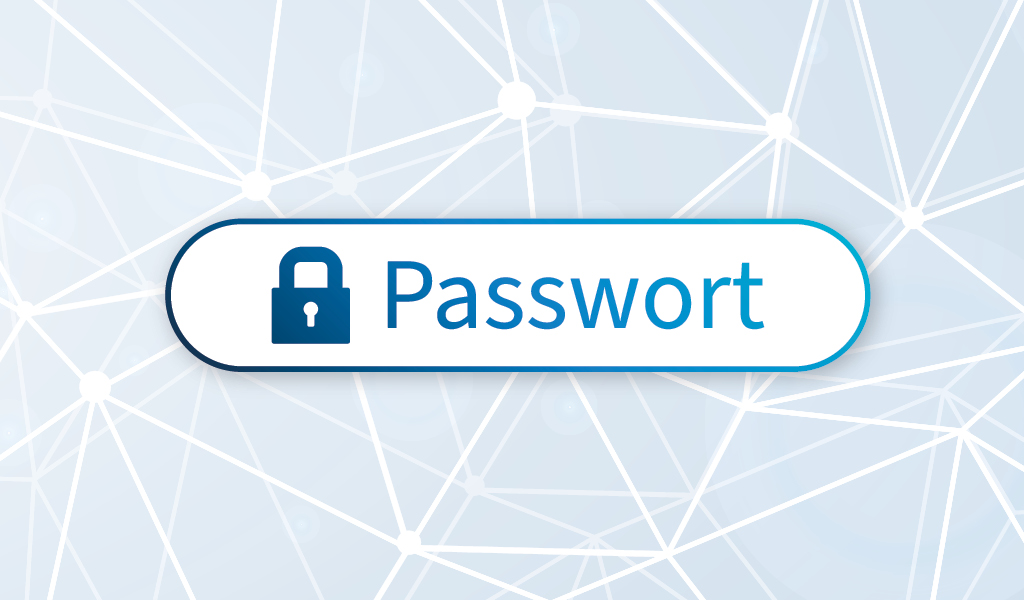Increase transparency in interdisciplinary development projects
Perhaps you are familiar with the story of the lumberjack who could not fulfill his workload because his axe had dulled – yet he did not take the time to sharpen it. In many design and development departments, you encounter a very similar situation. Simply put, the right tools are missing to make work truly efficient.
One could also refer to this as “sneaker collaboration”: when there is no cross-team data management established, engineers have to run around in search of the right CAx models, drawings, or product data. Important information is buried deep inside databases of different authoring systems or in unsynchronized directory structures.
Heaven forbid the designer or project manager is not readily available to answer questions about changes to the product. Which version is the current one? Why was this design chosen specifically? Lots of questions, long distances, few answers.
As you may already suspect – of course, there is a better way. These 5 tips help you improve collaboration within the design team and attain traceability in interdisciplinary projects:
1 Use modern authoring and data management tools
The range of CAx solutions is extensive and serves nearly every niche. It is crucial that a solution includes all the functions and tools relevant to your work and leads to fast and high-quality results. Only then can you increase the efficiency of design and manufacturing – which is absolutely essential, since development and innovation cycles are getting shorter and shorter. Companies must be able to bring new products and innovations to market faster than ever before in order to stay ahead of their competition.
In addition to modern authoring systems, engineering teams should also leverage another tool: Product Lifecycle Management (PLM). PLM software assists you in managing the entire product lifecycle, from ideation to production, marketing, and product operation.
2 Establish a “Single Source of Truth”
Design teams often have to search extensively for product data like CAx models or drawings, as they are stored in different authoring systems and not synchronized. These so-called data silos significantly complicate information exchange and collaboration.
With modern PLM software, you establish a “Single Source of Truth” – a digital home for your data. CAD, CAE, and MES software are integrated via open interfaces, as are Office and ERP applications. Check in advance whether a provider offers open interfaces – otherwise, you run the risk of inadvertently tying yourself to an ecosystem, a so-called Vendor Lock-in.
With a Single Source of Truth, you ensure transparency and always keep a clear overview – even in demanding development projects. Another advantage: since all relevant information and documents are gathered in one place, you can, for instance, link product data with upcoming tasks and further enhance the efficiency of your development processes.
3 Facilitate remote work
Today, teams collaborate not only in one location or time zone but also across different sites and from the home office. PLM software should be designed to facilitate this shift. With the rise of New Work, remote work is becoming increasingly important. Particularly employees from generations Y and Z now take working from home for granted.
Thanks to cloud-based software models like Software-as-a-Service (SaaS), companies can now fulfill this promise. Via the cloud, employees access the same software and shared documents from any location – provided they have an internet connection and a web browser. Information is exchanged in real time. New team members can be integrated easily and flexibly depending on project requirements.
4 Keep your software up-to-date
To ensure that all employees have access to the same features of a PLM system, a single software version should be used across the entire workforce. This proves to be a challenge for many companies because extensive software updates may require numerous manual steps.
Cloud-based software helps you get around this problem. Software updates and patches are automatically provided, downloaded, and installed over the internet. Since the software is centrally managed, changes can be rolled out to all employees quickly and with minimal effort. Furthermore, the SaaS provider is responsible for software maintenance and administration and provides technical support when needed.
SaaS software also excels in terms of cybersecurity, which is increasingly coming into focus. Regular updates not only fix softwarebugs and expand functionality but also eliminate security vulnerabilities. Backups ensure that crucial data is always available and protected. Regular security checks by the SaaS provider and strict data protection guidelines further enhance protection against cyberattacks.
5 Use no-code software to get started quickly
PLM solutions are often associated with high investment costs and long implementation periods. As a result, companies fear disruption to their operations and avoid their implementation. However, this does not have to be the case: thanks to SaaS, a PLM system can be put into operation quickly, as there is no need for a local installation on the company’s servers. With instantly operational software and standardized, preconfigured function modules, you can start right away. Configuring the SaaS PLM software does not require any specific IT expertise (no-code) and can be performed by the departments themselves.
However, even the best PLM software squanders its potential if it is not used or only used hesitantly. Hence, the PLM provider ideally offers a trial version, allowing you to get an impression of its user-friendliness beforehand. Another advantage is an online onboarding, which guides you step by step in getting to know the system and setting it up. Training sessions conducted by experts help your team use the software effectively and seamlessly integrate it into their day-to-day work.
SaaS software is typically used on a subscription basis. If the need arises, more licenses can be added effortlessly – scaling a system could not be easier. This keeps your company flexible and allows you to keep costs in check – with pay- per-use, you only pay for what you actually use.
In a nutshell
Modern design tools are essential for high- performing design teams, but they are not enough on their own. The efficient management of technical data and cross- location collaboration additionally requires PLM software. When provided as Software-as-a- Service from the cloud, companies and their development teams benefit from additional advantages:
- Quick and easy start into professional PLM
- Scalability and flexibility through easy addition of licenses
- Working with always up-to-date and secure software
With SaaS PLM software, you take the desire for digital transformation, streamlined processes, and efficient collaboration into your own hands – regardless of your resources.
Take advantage of cloud-based PLM software now: CIM Database Cloud is the solution for end-to-end digital product development. With “Collaborate”, you optimize product development and collaboration within the design team.
PLM systems are of crucial importance for manufacturing companies. They not only serve as a central data source, but also as a tool for efficiently managing development processes. Due to their many advantages, an increasing number of companies are choosing cloud-based PLM software instead of on-premises installations. Learn in our white paper how companies benefit from cloud PLM and what you should consider when selecting and implementing a solution.




